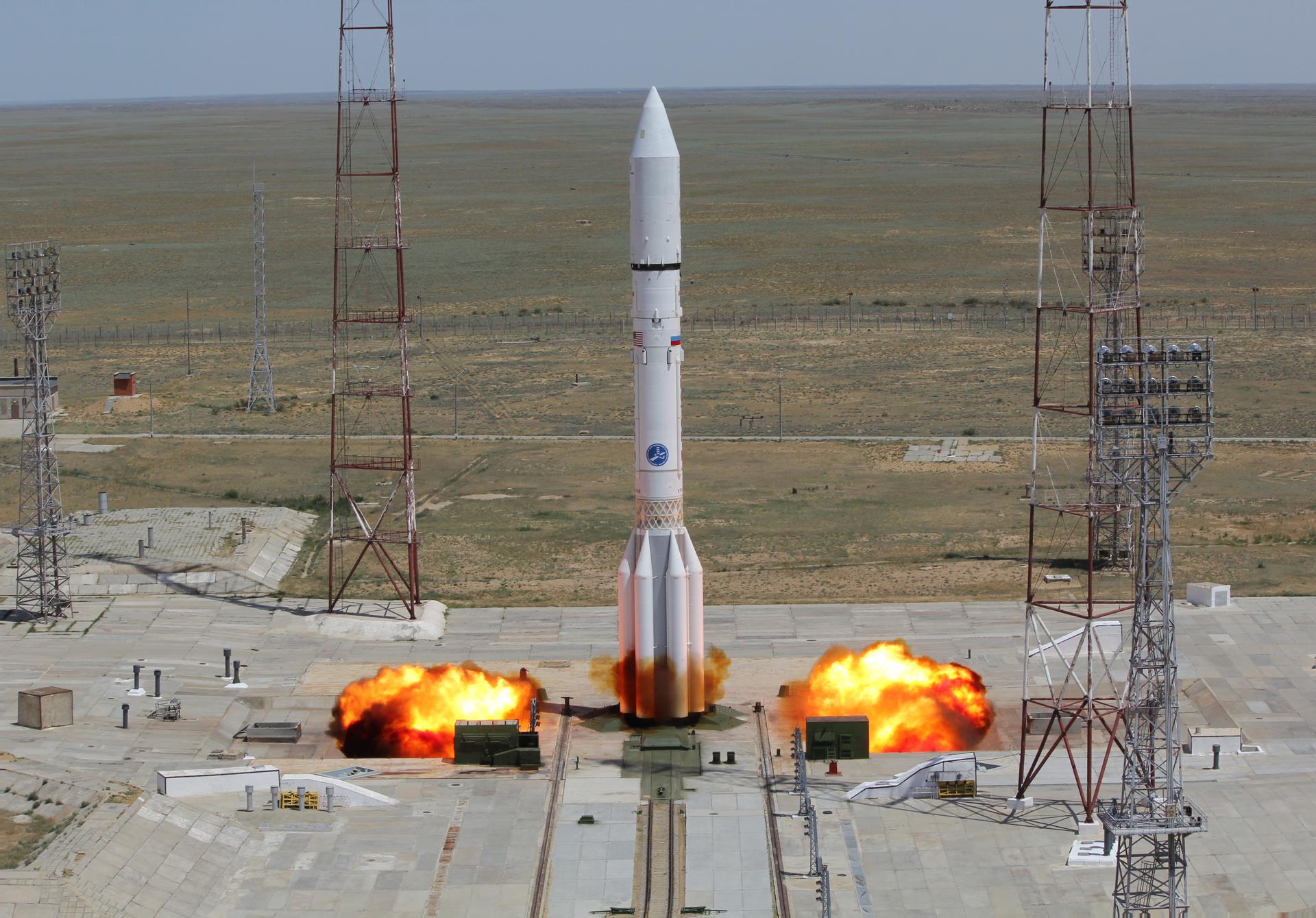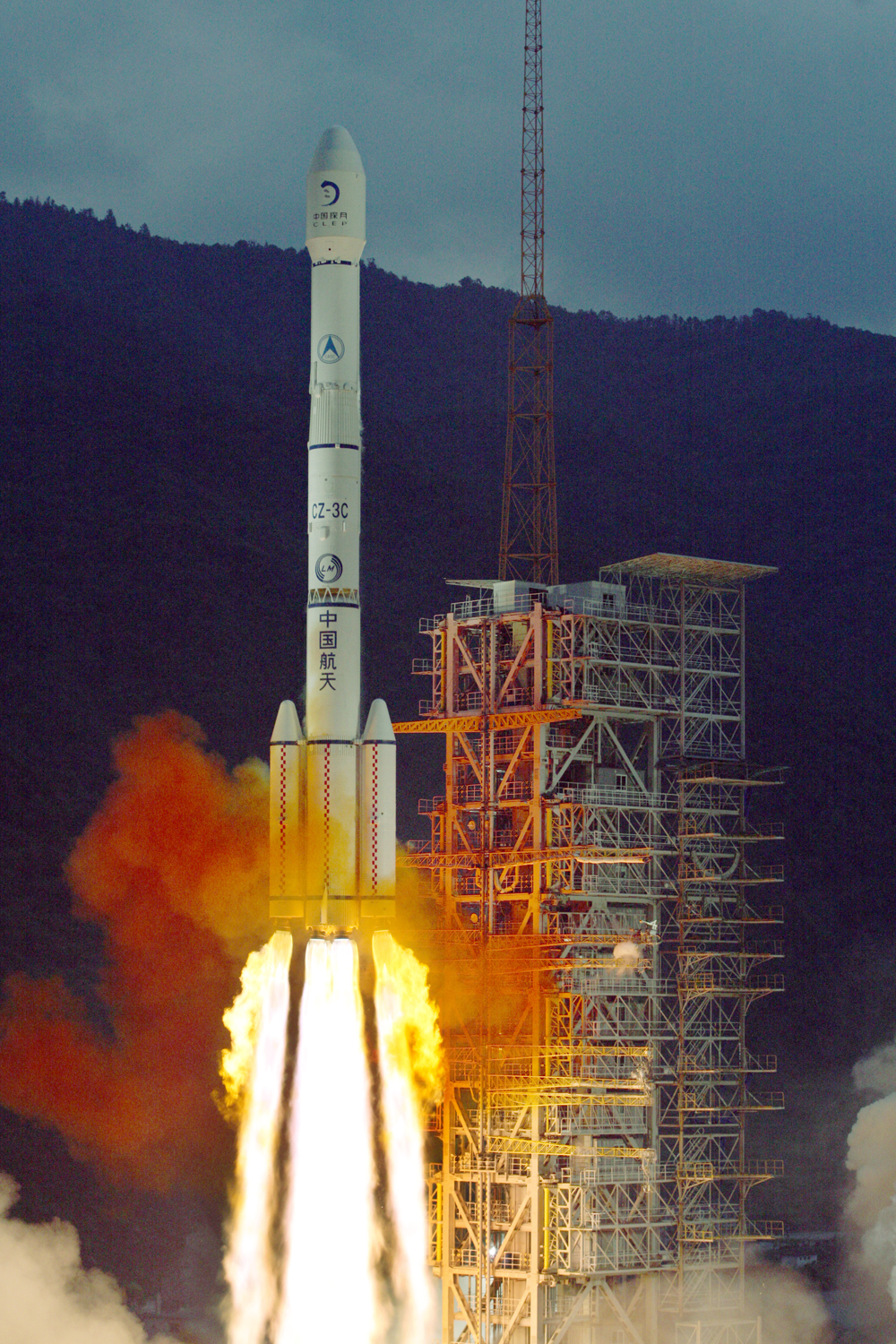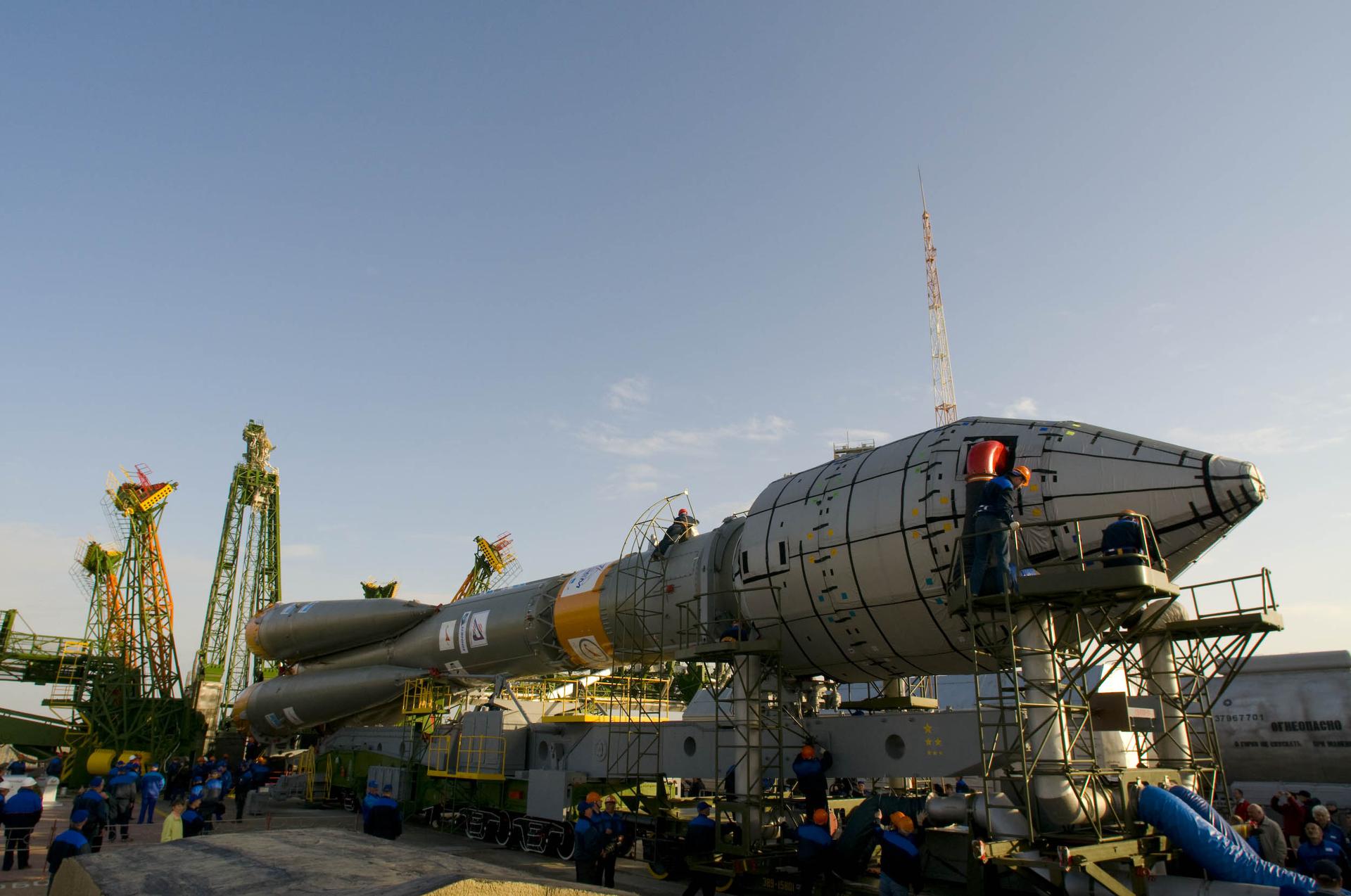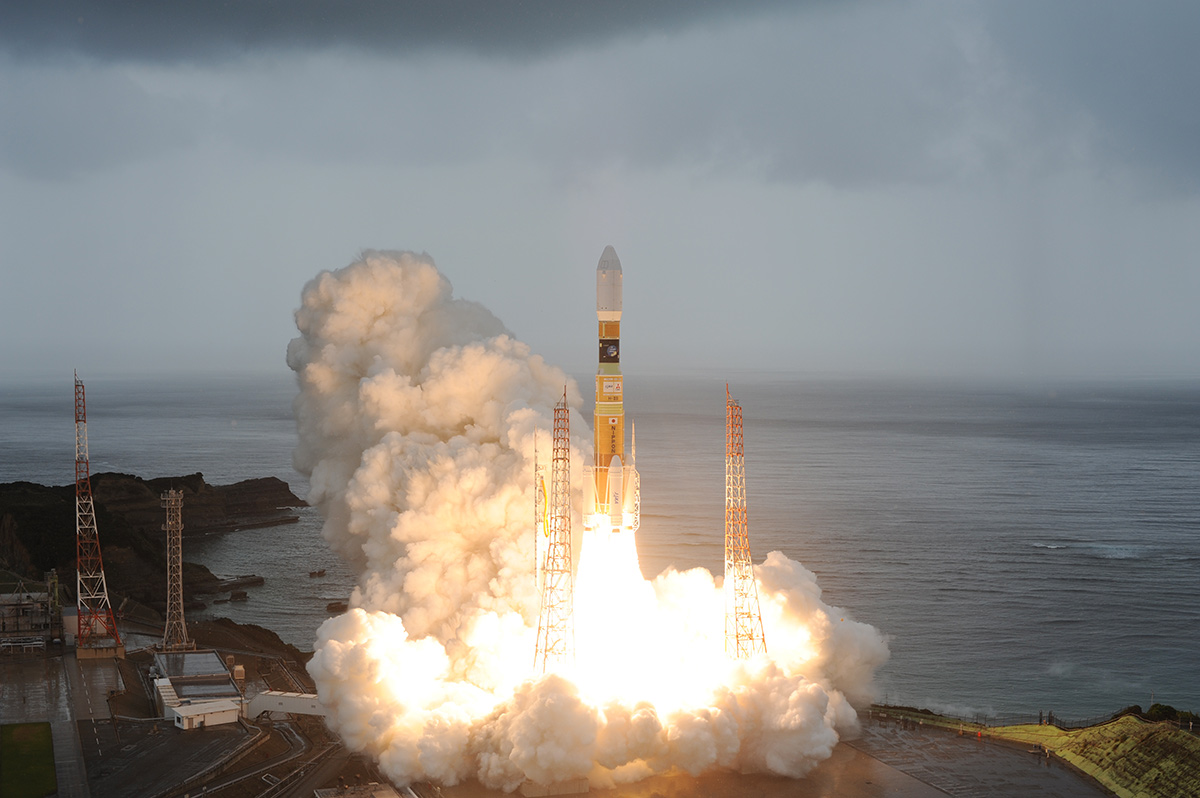Previous Spaceflight Launches
Filter by Agency, Locations or Vehicles
Show All LaunchesSpaceShipTwo | VSS Enterprise GF21
Virgin Galactic | United States of AmericaAir launch to Suborbital flight
Aug. 7, 2012, noon
Proton-M / Briz-M Enhanced | Telkom-3 & Ekspress MD2
Khrunichev State Research and Production Space Center | RussiaBaikonur Cosmodrome, Republic of Kazakhstan
Aug. 6, 2012, 7:31 p.m.
Ariane 5 ECA | Intelsat 20 & HYLAS 2
ArianeGroup | FranceGuiana Space Centre, French Guiana
Aug. 2, 2012, 8:54 p.m.
Status: Launch Successful
Mission:
Intelsat 20 is an SSL built geostationary communications satellite operating at 68.5 degrees East, to replace the aging Intelsat 7 and Intelsat 10. HYLAS-2 is a british satellite in geostationary orbit, to provide High Definition Television and broadband services to cover Northern and Southern Africa, Eastern Europe and the Middle East. It will be stationed at 31 degrees East.
Geostationary Transfer OrbitSpaceShipTwo | VSS Enterprise GF20
Virgin Galactic | United States of AmericaAir launch to Suborbital flight
Aug. 2, 2012, noon
Soyuz-U | Progress M-16M (48P)
Russian Federal Space Agency (ROSCOSMOS) | RussiaBaikonur Cosmodrome, Republic of Kazakhstan
Aug. 1, 2012, 7:35 p.m.
Rokot / Briz-KM | Gonets M-13, Gonets M-15, Strela-3M (Kosmos-2481) & Yubileyniy 2 (MiR)
Russian Aerospace Defence Forces | RussiaPlesetsk Cosmodrome, Russian Federation
July 28, 2012, 1:35 a.m.
Status: Launch Successful
Mission:
Gonets-M are an upgraded version of Gonets satellites, derived from military communications system Strela-3. Gonets-M constellation is tasked with monitoring ecological and industrial objects, providing communication and data transmission services, covering also the remote areas like the Far North region.
Low Earth OrbitLong March 3C | Tianlian 1-03
China Aerospace Science and Technology Corporation | ChinaXichang Satellite Launch Center, People's Republic of China
July 25, 2012, 3:43 p.m.
Soyuz-FG/Fregat | Kanopus-V No.1 & BelKA-2
Progress Rocket Space Center | RussiaBaikonur Cosmodrome, Republic of Kazakhstan
July 22, 2012, 6:41 a.m.
H-IIB 304 | Kounotori 3 (HTV-3)
Mitsubishi Heavy Industries | JapanTanegashima Space Center, Japan
July 21, 2012, 2:06 a.m.
SpaceShipTwo | VSS Enterprise GF19
Virgin Galactic | United States of AmericaAir launch to Suborbital flight
July 18, 2012, noon









